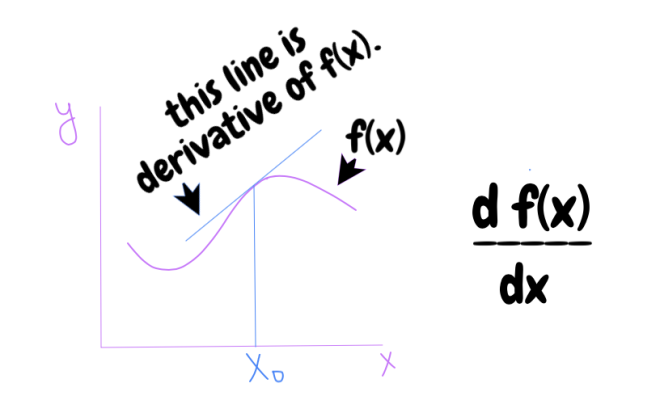How to calculate concentration of a solution

Introduction
In chemistry, the concentration of a solution is a measure of the amount of solute dissolved in a solvent. Knowing the concentration of a solution is crucial in many scientific experiments, industrial applications, and even everyday life. Understanding how to calculate the concentration of a solution is an essential skill for anyone working with or interested in chemistry. In this article, we will discuss various methods to determine the concentration of a solution and provide step-by-step instructions for each method.
Methods to Calculate Concentration
1. Mass by Volume Percentage (w/v%)
The mass by volume percentage (w/v%) is an expression of the mass of solute present in a given volume of solution. To calculate the w/v %, follow these steps:
Step 1: Measure the mass (weight) of the solute in grams.
Step 2: Measure the volume of the solvent in mL.
Step 3: Divide the mass of solute by the volume of solvent and multiply by 100.
w/v% = (mass of solute / volume of solvent) x 100
Example: If you dissolve 5 grams of salt into 100 mL water, the mass by volume percentage would be w/v% = (5 g / 100 mL) x 100 = 5%.
2. Mass by Mass Percentage (w/w%)
The mass by mass percentage (w/w%) expresses the concentration as the mass of solute per unit mass of solution. To calculate w/w%, follow these steps:
Step 1: Measure the mass (weight) of the solute in grams.
Step 2: Measure the total mass (weight) of the solution (solute + solvent).
Step 3: Divide the mass of solute by total mass and multiply by 100.
w/w% = (mass of solute / total mass) x 100
Example: If you dissolve 20 grams of sugar in 80 grams of water, the mass by mass percentage would be w/w% = (20 g / 100 g ) x 100 = 20%.
3. Molarity (M)
Molarity is the most common unit for expressing concentration in terms of moles of solute per unit volume of solution (moles/L). To calculate molarity, follow these steps:
Step 1: Determine the number of moles of solute by dividing its mass (in grams) by its molar mass (in g/mol).
Step 2: Measure the volume of the solution in liters.
Step 3: Divide the number of moles by the volume of solution.
Molarity (M) = moles of solute / volume of solution in liters
Example: If you dissolve 40 grams of NaCl (sodium chloride) into enough water to make 1 liter of solution, you would have:
Moles of NaCl = Mass / Molar Mass = 40 g / (58.44 g/mol) ≈ 0.685 mol
Molarity (M) = moles / volume = 0.685 mol / 1 L ≈ 0.685 M
Conclusion
Understanding how to calculate the concentration of a solution is crucial for anyone working with or interested in chemistry. The methods discussed here include mass by volume percentage (w/v%), mass by mass percentage (w/w%), and molarity. Each method has its own benefits and applications, and choosing the appropriate one depends on factors such as the substances involved and accuracy requirements. With practice, calculating concentration will become second nature, a valuable skill that can be applied in laboratories, industries, and beyond.






